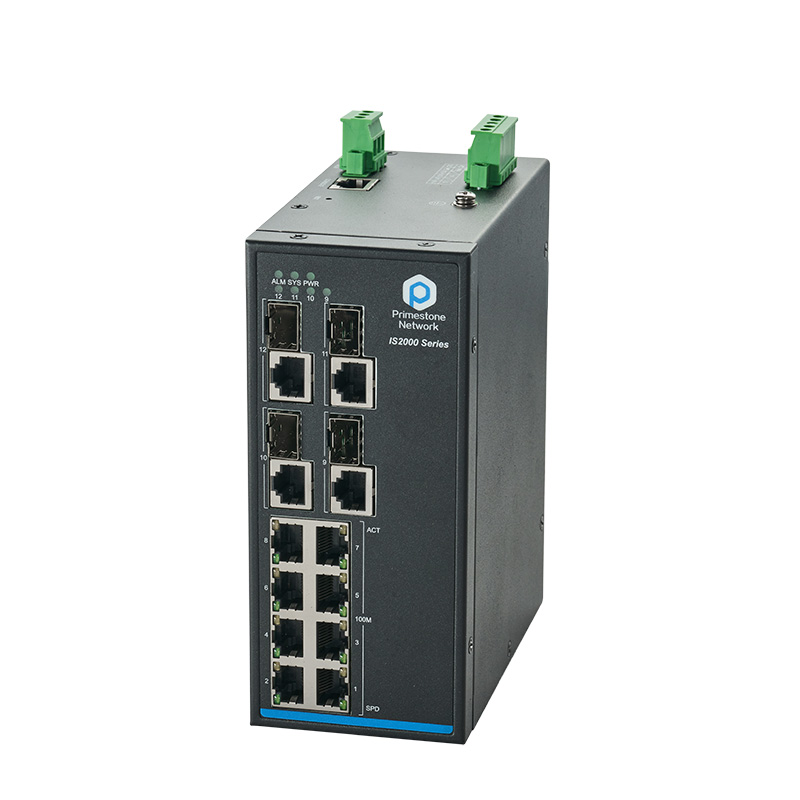The switch is the device between a router and the intended device, or computer. So, it's the routers job to connect networks, usually by connecting directly to multiple switches. Then the switches actually create the networks, by connecting to all of the devices (computers, printers, etc.) into a LAN (Local Area Network), where it forwards and receives data (packets) to and from the connected devices. For example, an office worker sending a print job to the nearby printer. This means that all of the computers, printers, etc. on a network can communicate with each other because the switch has connected them on a shared network.
Network switches manage the flow of data across a network by transmitting a received network packet only to the one or more devices for which the packet is intended. Each networked device connected to a switch can be identified by its network address, allowing the switch to direct the flow of traffic maximizing the security and efficiency of the network.
A network switch is more intelligent than an Ethernet hub, which simply retransmits packets out of every port of the hub except the port on which the packet was received, unable to distinguish different recipients, and achieving an overall lower network efficiency.
The word hardened, in our context, means strengthened. So, in the case of a Hardened Ethernet Switch, it means that it's been strengthened, in particular to outside and extreme elements, such as dirt, dust, high-low temperatures, rain (moisture), snow and inclement weather.

For Ethernet switches that will be installed outside, in "noisy" environments (such as in a manufacturing facility or one with possible electronic interference) or corrosive environments, we offers a corrosion protection called Conformal Coating, and full metal casings (eg; prevents crushing to accidents, branches, being dropped, gaseous contaminates, etc.) to protect it and its components. Our Hardened Ethernet Switches also have a standard operating range of -10°C to 70°C and an extended operating range of -40°C to 75°C.
To understand how this type of corrosion could happen, let's talk about how corrosion occurs. Corrosion is a chemical reaction that is primarily caused by an attack of gaseous contaminants, and then accelerated by heat and moisture. Such environments like waste water plants, mines, chemical and power plants are obvious ones, but simple outdoor environments where moisture and temperature swings occur are just as common. When equipment is installed outside in the ambient air, moisture and oxygen trigger corrosion on metal surfaces, such as those found in electronic equipment. Other environments, such as those that burn fossil fuels and chloride, like water treatment plants, emit gases like Sulfur Dioxide, which also accelerate the corrosion process.
Many standards, such as ISO (International Organization for Standardization), ANSI (American National Standards Institute) and the ISA (International Society of Automation), have all developed multiple standards to determine the level of corrosiveness, that exists in these types of environments. Our process for Conformal Coating meets or exceeds some of the highest classifications by these organizations, for corrosive environments.
Contact: sales
Phone: 18688787693
E-mail: sales@hsindustrialswitch.com
Add: Room 608, Building B,GaoXinQi TEC Park,Baoan District, ShenZhen,China